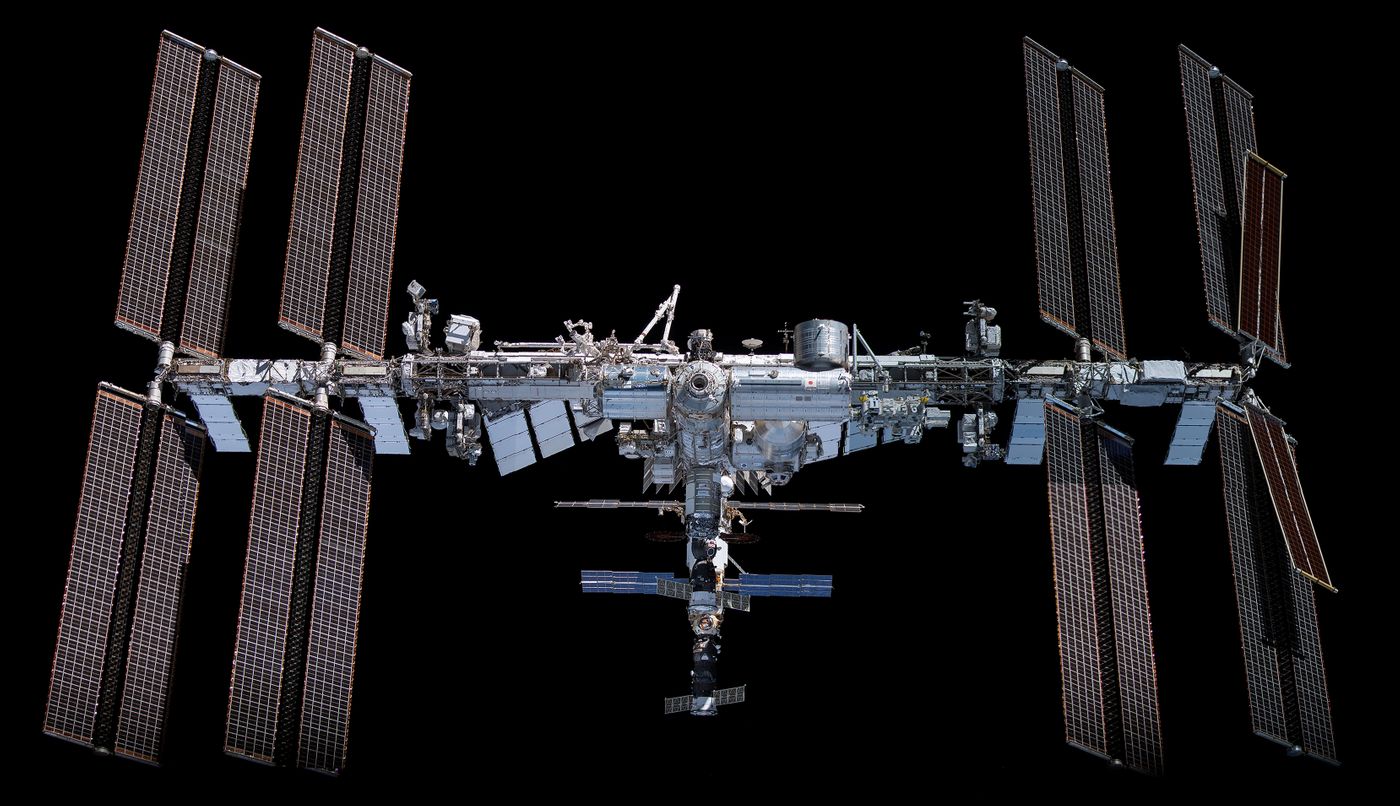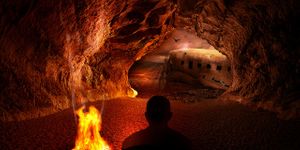What is the International Space Station?
Orbiting hundreds of miles above the Earth is humanity’s largest technological construction, the football field-sized International Space Station (ISS), which is a modular-assembled space station having been in orbit since 1998 when its first habitat was launched into space. At the present time, the ISS can comfortably house up to seven astronauts for up to six months at a time, during which time they perform scientific experiments pertaining to how humans and other biological organisms behave in the microgravity environment.
As its name implies, the ISS is sponsored by countless nations from all over the world, having housed citizens of those member states, as well. While the United States has the most astronauts who have visited the ISS, other nations include Russia, France, Japan, and even South Africa.
One key goal of the ISS is to see how humans can live and work in microgravity while striving to better understanding the physiological effects of long-term space travel. An example of this is when NASA astronaut Scott Kelly lived on the ISS for one year while his twin brother, Mark Kelly, stayed on Earth. Both men were under near-constant examination for the duration of the mission so doctors could evaluate physiological changes in Scott and compare them to his twin brother.
The experiments conducted on the ISS are meant to advance human space exploration, especially with the NASA Artemis missions sending humans back to the Moon in the next few years, and possibly Mars within the next 10-15 years.
While the ISS will not remain in orbit forever, the current plan is to decommission and deorbit the orbiting laboratory by 2031, with Russia planning on canceling its participation in the project by 2024.
Sources: NASA, National Geographic, NASA (1), National Geographic (1), NASA (2), BBC Sky at Night Magazine
As always, keep doing science & keep looking up!
Featured Image: Completed ISS in 2010. (Credit: NASA/Crew of STS-132)









